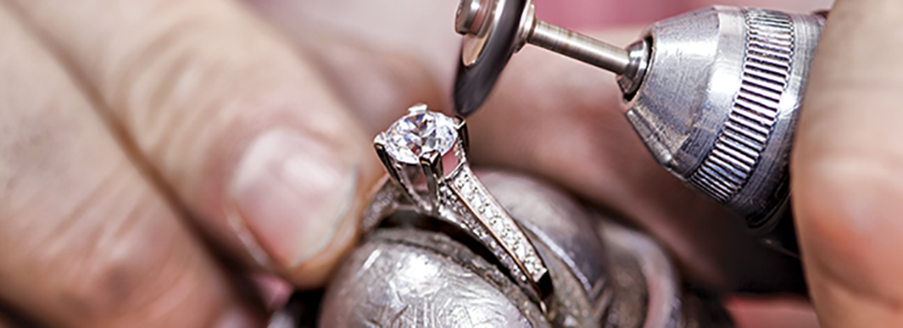
Pawn shops have long existed in the United States, providing short-term loans to those in need of quick cash. However, in recent decades, the pawn shop industry has grown substantially, expanding across the country as more Americans turn to these alternative lending institutions. This article explores the rising popularity of pawn shops and what services they provide consumers.
History of Pawn Shops in the U.S.
The concept of pawning valuable possessions in exchange for money has existed for centuries. Pawn shops first emerged in the U.S. in the late 18th century, predominantly serving immigrant and working-class populations in major cities. Over time, pawn shops became more mainstream and accessible to average Americans as personal vehicles and disposable income increased in the post-World War II era. The industry experienced a major growth spurt in the 1980s during an economic recession when more people struggled financially and relied on pawn shops for quick access to credit. Today, pawn shops are common across both urban and rural landscapes nationwide.
Services Provided by Modern Pawn Shops
While the core business of pawn shops remains short-term loans in exchange for used possessions, today's pawn shops offer a variety of added services:
- Cash Loans: Pawn shops provide payday-like loans for a fee, using possessions like electronics, tools, or jewelry as collateral. Loans are generally small, ranging from $50-500.
- Buyers of Used Goods: Shops buy a wide range of used items that are then resold to other customers. This creates a marketplace for pre-owned possessions.
- Resale of Goods: Items left unredeemed after the loan term expires can be resold by the pawn shop to recover costs. This supplies shops with inventory.
- Trade-Ins: Some Pawn Shops in the U.S. accept trade-ins on new purchases, like gaming consoles or electronics, applying the used value as credit.
- Precious Metal Purchases: Many shops purchase gold, silver, or other precious metals, creating an easy avenue to sell these items.
The Growing Pawn Shop Business
The pawn shop industry has grown substantially due to economic struggles shaping consumer demand. Some key factors fueling the rise of pawn shops include:
High Consumer Debt Loads
Americans carry heavy credit card and loan debt loads. When financial issues arise, turning to simple cash loans from pawn shops provides a lower-cost alternative to payday lenders or bank overdraft fees.
Economic Downturns
Recessions increase economic hardship, and pawn shops benefit from greater necessity of their services. The industry saw rapid growth after the 2001 and 2008 recessions as unemployment rose.
Online Lending Competition
The emergence of online lenders has squeezed payday loan stores. However, pawn shops have a brick-and-mortar advantage for accepting used possessions, sidestepping much online competition.
Demand for Used Goods
As online marketplaces boost interest in used goods, pawn shops become a key supplier and buyer of pre-owned merchandise. Both supply and demand fuels revenue from reselling reclaimed inventory.
Lack of Alternatives in Some Areas
Pawn shops are sometimes the only licensed lenders in low-income neighborhoods. Where banking access is poor, pawn shops fill a need for cash availability when bills are due.
The Rise in Popularity
These factors have pushed the pawn shop industry to new heights. Over the last decade alone:
- Revenues have nearly doubled, reaching $21 billion in annual sales.
- The U.S. has over 12,000 pawn stores, up from fewer than 10,000 in 2005.
- Around 40 million Americans now use pawn shops annually for loans or goods.
The future remains bright as economic volatility and expensive living create ongoing financial stress. Pawn shops are expanding geographically to reach more underserved communities and consumers, cementing their role as part of mainstream American financial culture. With $1 in $50 of U.S. retail revenue now coming from pawn shops, their rapid ascent shows no signs of slowing.
Get More Insights Here
https://www.pressreleasebulletin.com/u-s-pawn-shops-and-their-impact/




























